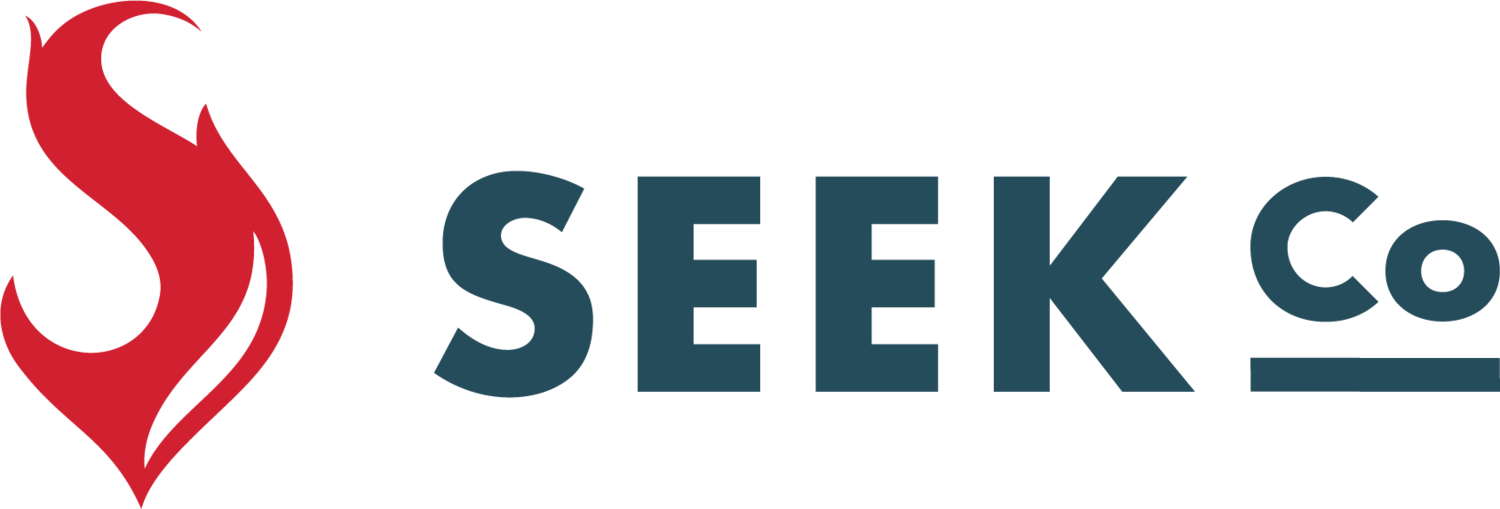How Curiosity Around AI Improved SEEK’s Social Listening
We are most afraid of the things we don’t understand. And oftentimes, the less we understand, the more divided we become on those very things in the most black-and-white way possible. Some of us become “anti”; others firmly “pro”. In those moments, curiosity seems to take a back seat.
I’ve felt this in a lot of ways, but more recently, I’ve felt this around the topic of AI and the sudden “career path” it seems to have in my field of work. Like the concept of UFOs and aliens, it no longer felt like a “sighting” but rather something that had swiftly touched Earth and became a fast and furious topic of conversation – one that begins with questions and often ends in strong opinions. One that is here to stay – at least for a while.
I, like many of us, had a very strong opinion about AI and its role when it started being presented in meetings and actively recommended by coworkers, vendors, and even my clients. As a writer, I forcefully resisted it, believing that if I succumbed to the alien that is AI, I would be willingly handing over my voice and all of my creativity behind it.
“But then again… maybe not?” I faintly heard my curiosity call out. (Okay, and some really smart people on my team). So, I decided to listen more closely.
#nofilter
Since I’ve allowed my curiosity to take the lead, I’ve seen AI do some incredible things. I’ve seen it help my colleagues who are detailed storytellers better summarize their findings; I’ve seen AI pull details from insights to inspire an original and unique image, artistically telling a story in a way that is beyond words; I’ve seen it pull from analogous categories during ideation sessions to inspire new ideas. And for me personally, I’m seeing it create more speed and efficiency in my favorite social listening methodology, #nofilter.
As someone who has been running social listening (#nofilters) since I started at SEEK back in 2016, part of my resistance to this at first was in fear that I would be losing the human element that makes our #nofilters so unique. We pride ourselves in a “hand-coded” analysis, which essentially means that we lay eyes on every single verbatim that comes through rather than allowing an automated system to do it for us.
But maybe that’s not entirely true, and maybe what can make our process unique is the ability to offer both depth and speed.
So, I tested my theory. I met with team members from Directions Research who work in Business Intelligence and Data Science to learn about the different developments they’ve worked on with their API model and how it could support social listening. Through this model, they were able to help me identify “territories” across hundreds of verbatims, bucketing those conversations into those categories rather than requiring our researchers to do this one by one.
Once these verbatims are grouped accordingly into WHAT they are, our researchers can then focus more energy and time on WHY it matters and HOW it connects to our client’s objectives. Not only can #nofilter be something we can start on immediately (due to the lack of need for recruiting time), but after testing this new AI capability, it can now be something that is more affordable and delivered to our clients even faster – all without sacrificing the level of depth we take pride in.
Because I didn’t allow fear to shut me off from my own understanding, I was able to see AI as a tool for my work rather than a threat. With an open mind, I now believe there is more opportunity for the world of research to use it to our own advantage.

